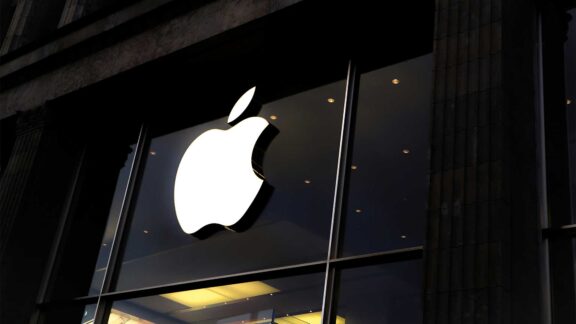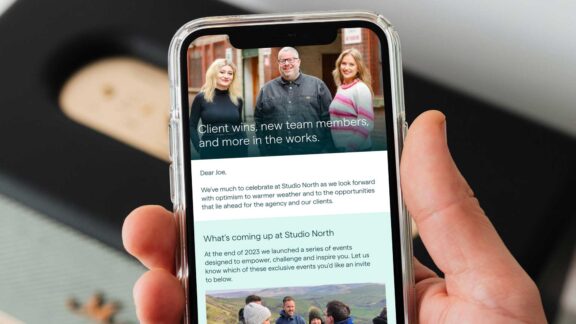Modern brands need to do much more to obtain stakeholder loyalty than ever before. With fast-paced communications, new channels and an ever increasing plethora of media to consume, stakeholders tend to be more fickle and happy to jump from brand to brand. Gone are the days where a customer would shop in one store only, today that same customer could be purchasing from one brand’s online experience, another’s convenience store and occasionally shopping at a full-service retail outlet from another brand. With the dominance of e-tailers such as Amazon, there is much more on offer for the consumer.
How can you demonstrate the impact your business can make for its clients?
Brand blindness is pretty well accepted with brands ploughing millions into multi-channel engagement, but what makes a brand distinct? How do you share a B2B business’s values?
In our series of brand and business transformation, we look at the way brands are evolving and some of the new approaches are based on solid traditional principles. Strong customer service, focused values and mission statements and employees fully engaged in your brand mission are all tied together with engaging and effective storytelling. A B2B owner many consider this impossible for a company turning out widgets, or a professional services CEO will raise their eyebrows at the mere suggestion of storytelling – but each individual business has its own story to tell.
Storytelling is an essential part of telling about your brand’s purpose. In simple terms it is about connecting and remaining loyal to an organisation which is reinforced by content which is personally relevant to the stakeholder. Author John Coleman simplifies this even further. In his article for the Harvard Business Review, Coleman talks about three stages of storytelling; Self, Us and Now developed by Marshall Ganz.
Great stories develop from those who lead and link the mission to their own motivations – this is the self. Coleman offers up the Steve Jobs address to Stanford University in 2005 as great example of storytelling.
The us stage looks at how we can engage with the audience e.g. develop shared values. Do we empathise with you? Do we share your hopes, aspirations maybe? Finally the important aspect of storytelling is to ensure there’s a call to action – the now stage. To encourage the reader, listener to join in, to do more, to be part of the story.
For a small to medium sized business how do we install storytelling in day-to-day activity?
By ensuring you tell and remind your stakeholders about what you do, who you do it for and why you do it. This can be as simple as developing a compelling ‘About Us’ page on your website. Yet, as we know, stories don’t just end at chapter one, they continue. They have a narrative that is on-going. This could be a blog, it could be an e-newsletter sent to a customer. Even a personal letter that summarises what has been happening.
There are no limits to storytelling – take a look at the Top 5 storytelling brands of 2015 – Apple, Macmillan, National Trust, BBC and Xbox – all vastly different but with a common thread, they share they journey, they engage you with relevant content and messages and they keep doing it – across a multitude of channels and media. Think about it. When Apple launches a new product it does it with fanfare but it does it personally. When Steve Jobs announced a new product he didn’t just throw up a Keynote presentation, he talked about it with passion. No matter what size or type of business you are, there’s always a story to tell.
We’d love to share our story with you and discover yours too.








